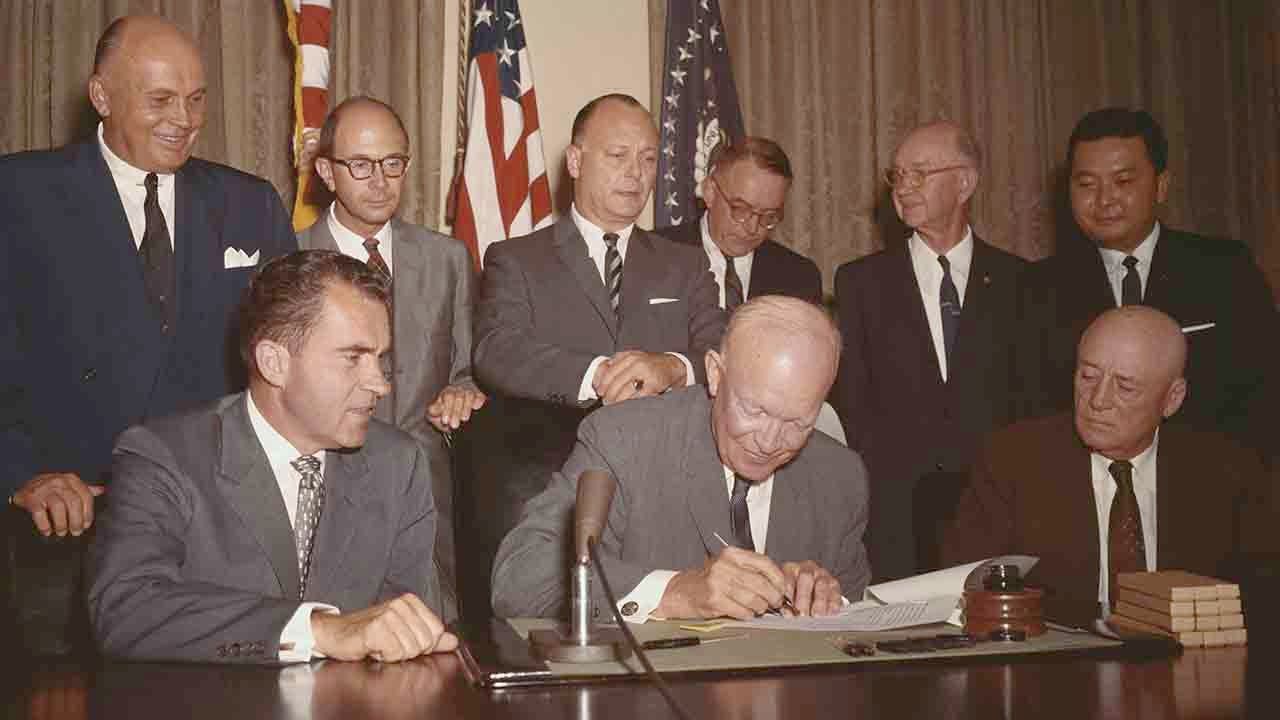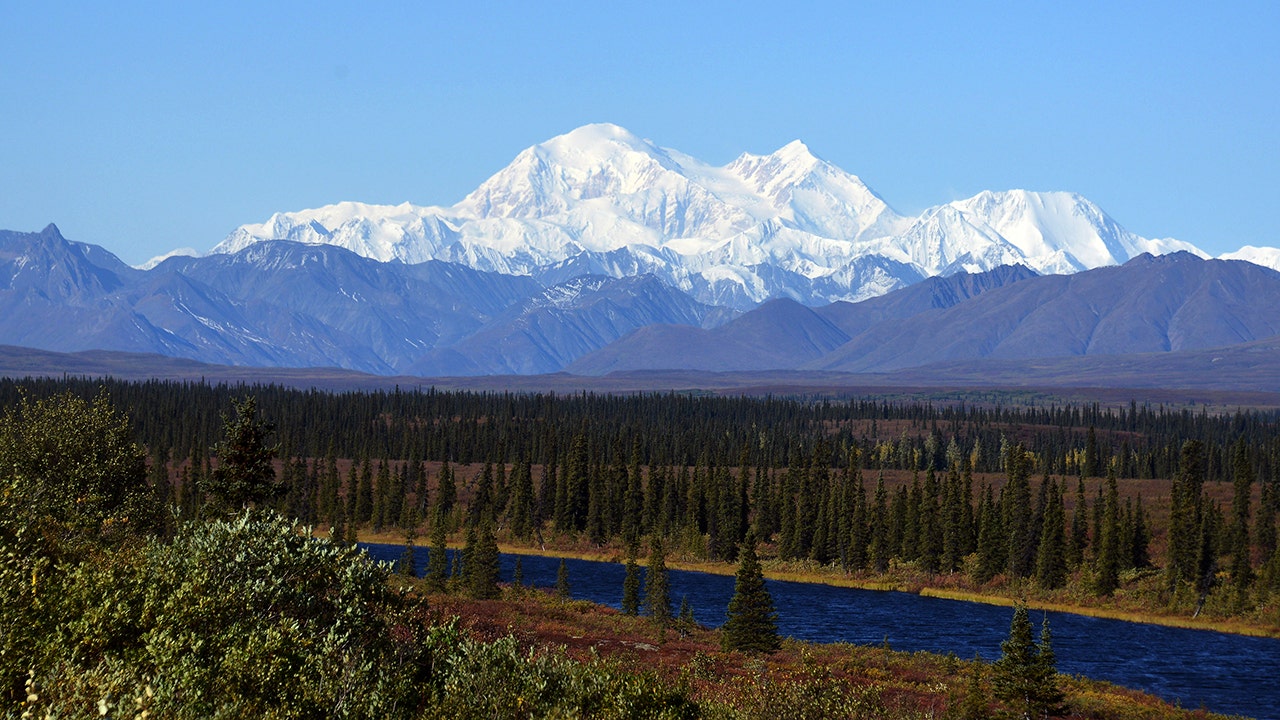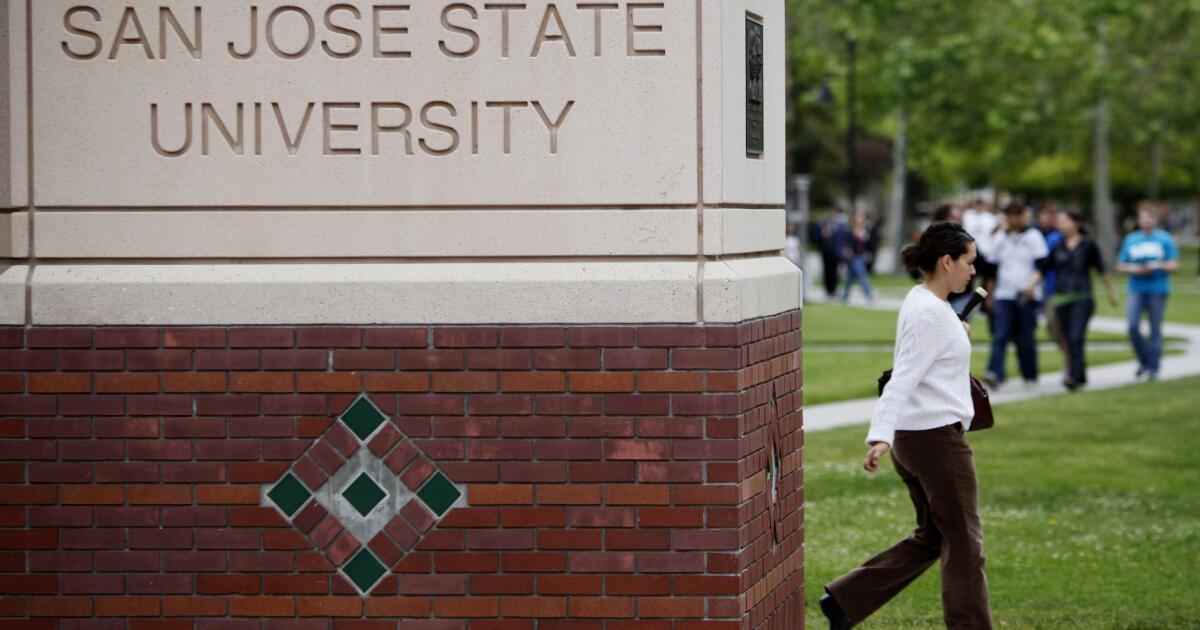President Dwight Eisenhower signed a proclamation declaring Hawaii the 50th state on this day in history, August 21, 1959.
“The 49 states will join in welcoming the new nation – Hawaii – into this union,” Eisenhower said in impromptu remarks made after signing the proclamation.
He highlighted the “truly historic” nature of the moment, as Hawaii was the second state added to the United States that year.
ON THIS DAY IN HISTORY, AUGUST 20, 2017, LEGENDARY COMEDIAN JERRY LEWIS DIES
“We wish you prosperity, security, happiness, and ever closer relations with all the other states. We know that you are prepared to do your part to make this union a stronger nation, a stronger people than ever before, thanks to your presence as a full sister to the other 49 states,” Eisenhower said.
Hawaii's statehood marked the first time in 158 years that the membership of Congress consisted solely of senators and members of Congress, rather than the “delegates” who had represented the Territory of Hawaii and the Territory of Alaska.
President Dwight D. Eisenhower is shown signing the proclamation adding Hawaii to the U.S. as the 50th state on August 21, 1959. (Getty Images)
“The delegates have gone and in their place we have senators and congressmen,” Eisenhower noted.
The office of “delegate” would return to Congress in the 1970s.
Beginning in 2023, the District of Columbia, American Samoa, the U.S. Virgin Islands, Guam and the Northern Mariana Islands will each have one non-voting delegate to Congress, according to Congress's official website.
Hawaii's statehood came about as a result of the Hawaii Admission Act, passed in March 1959.
ON THIS DAY IN HISTORY, JANUARY 11, 1935, AMELIA EARHART WAS THE FIRST FEMALE AVIATOR TO FLY SOLO FROM HAWAII TO CALIFORNIA
Section 7b of that act required that Hawaiians be given the opportunity to vote on whether they wished to join the United States as a state and whether they agreed to the rest of the provisions of the Hawaii Admission Act.
The bill defined Hawaii as “all islands, together with their appurtenant reefs and territorial waters, included in the Territory of Hawaii on the date of the enactment of this Act, except the atoll known as Palmyra Island, together with its appurtenant reefs and territorial waters, but such State shall not be deemed to include Midway Islands, Johnston Island, Sand Island (off the coast of Johnston Island), or Kingman Reef, together with their appurtenant reefs and territorial waters.”
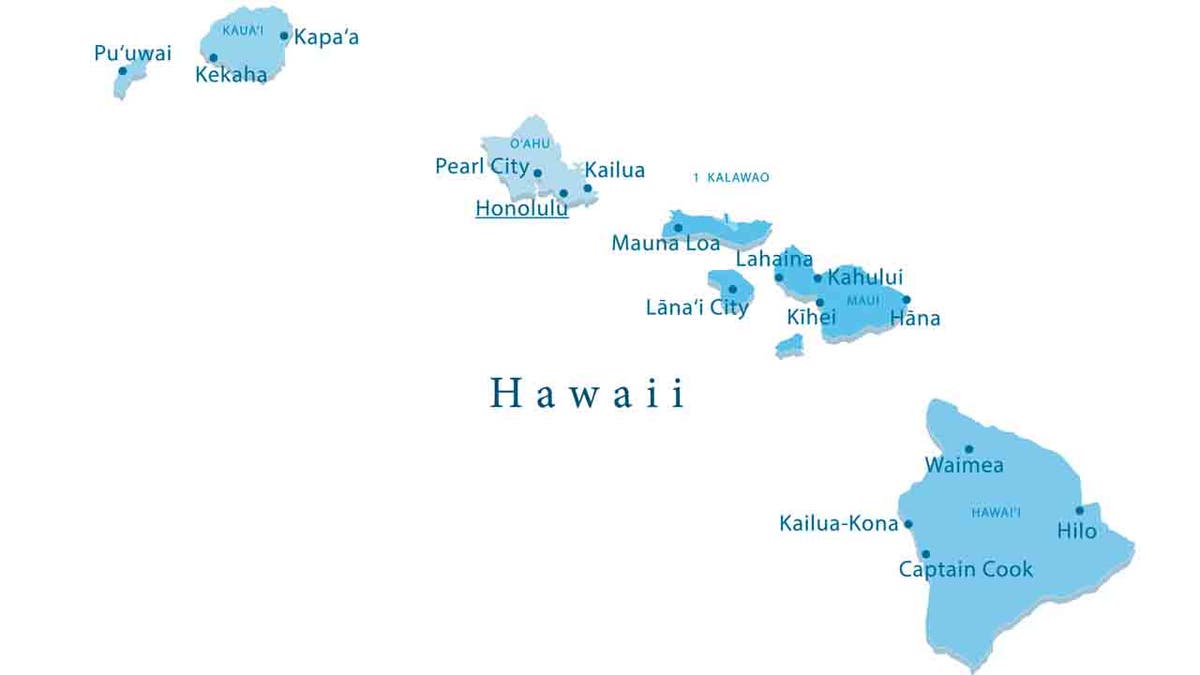
Hawaii became the 50th state of the United States on August 21, 1959. (iStock)
In the election of June 27, 1959, Hawaiians voted overwhelmingly to be admitted to the United States as a state.
That remains the highest voter turnout in state history.
Hawaii's statehood came more than half a century after the United States annexed the island chain in 1898. However, the area's history dates back much further.
ON THIS DAY IN HISTORY, DECEMBER 7, 1941, THE ATTACK ON PEARL HARBOR KILLS 2,403 AMERICANS AND LAUNCHES THE U.S. INTO WORLD WAR II
About 1,500 years ago, Polynesians arrived in Hawaii, as noted on the Hawaii Tourism Authority website.
In 1778, Captain James Cook landed on the island of Kauai and became the first European to reach any of the Hawaiian Islands. He named them the Sandwich Islands.
Cook would be killed on the island of Hawaii a year later, the Hawaii Tourism Authority said.
In 1810, King Kamehameha I united the Hawaiian Islands under his rule. The Kamehameha dynasty would rule Hawaii from 1795 until 1874, when William Charles Lunalilo, known as King Lunalilo, died leaving no heirs.

Lydia Kamekeha Liliuokalani was the last queen of the Hawaiian Islands. She died in 1917. (Hulton Archive/Getty Images)
Hawaii was officially ruled by a monarch until 1887.
That year, the Hawaiian Kingdom Constitution of 1887 was signed, “thus stripping King Kalākaua and thus the Hawaiian monarchy of much of its authority, and granting power to the legislature and cabinet of government,” the Hawaii Tourism Authority said.
The following year the Republic of Hawaii was founded.
King Kalākaua signed the constitution by force, earning it the nickname “Bayonet Constitution.”
Hawaii would continue to have a monarch until 1893, when Queen Liliʻuokalani was overthrown in a coup, according to the History Channel website.
HAWAII WILDFIRE “PLANS” TRAGEDY AND FAMILY BLOW: SAMARITAN’S BAG REVEALS DEVASTATION IN MAUI
The following year, the Republic of Hawaii was founded, led by Sanford Dole.
Dole would continue as head of the Republic of Hawaii until the creation of the Territory of Hawaii in 1900, according to the Encyclopedia Britannica.
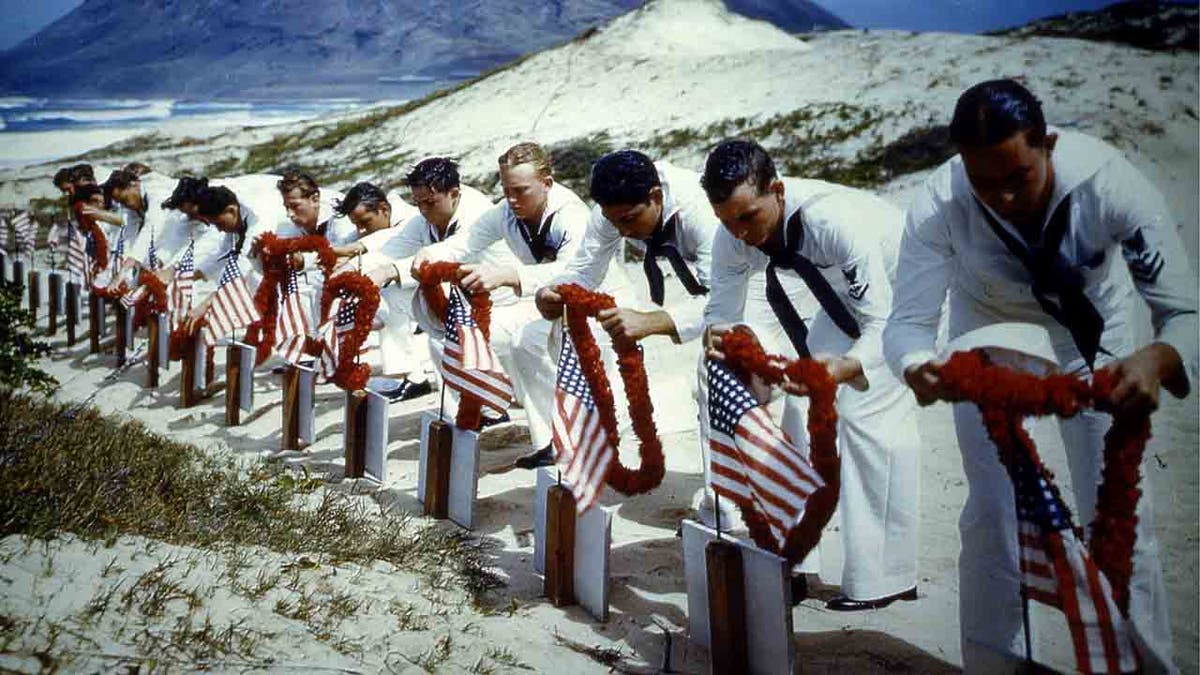
Japan's attack on Pearl Harbor triggered the United States' entry into World War II. In this spring 1942 photograph, uniformed U.S. sailors place wreaths on the graves of victims of the Pearl Harbor attacks. (PhotoQuest/Getty Images)
After that, President William McKinley appointed Dole as “territorial governor” of the Hawaiian territory.
For more lifestyle articles, visit www.foxnews.com/lifestyle
Hawaii burst into public consciousness on December 7, 1941, when Japanese forces bombed the U.S. Navy base at Pearl Harbor.
CLICK HERE TO SUBSCRIBE TO OUR LIFESTYLE NEWSLETTER
The attack killed 2,403 American servicemen and civilians and wounded many more, according to the National Park Service website for the Pearl Harbor National Memorial.
CLICK HERE TO GET THE FOX NEWS APP
Of the 2,341 servicemen killed in the attack, 1,177 died on the USS Arizona, which was sunk by Japanese bombs.
August 21 is officially known as “Statehood Day” in Hawaii, although the event is celebrated each year on the third Friday in August.

